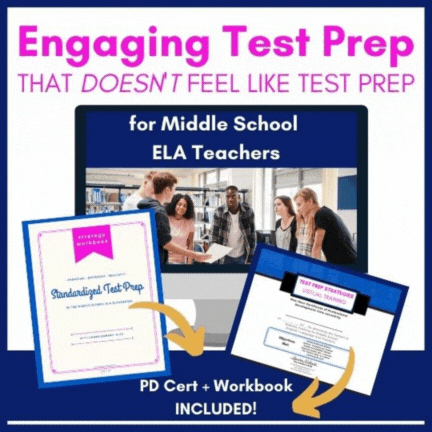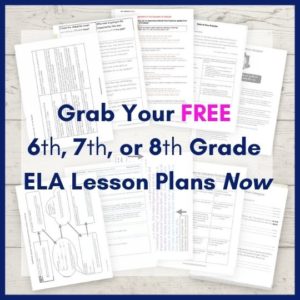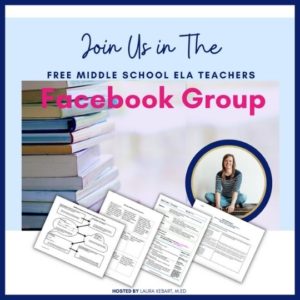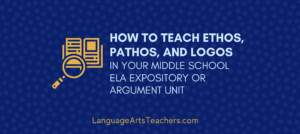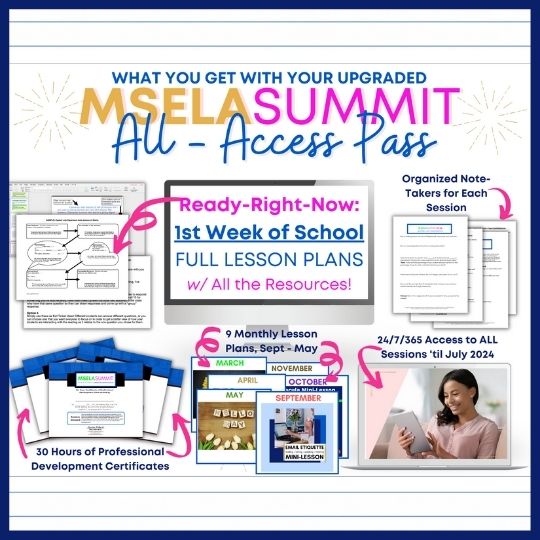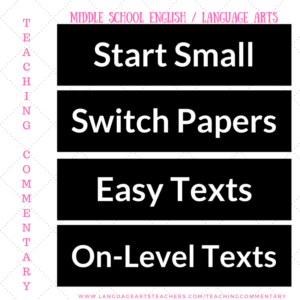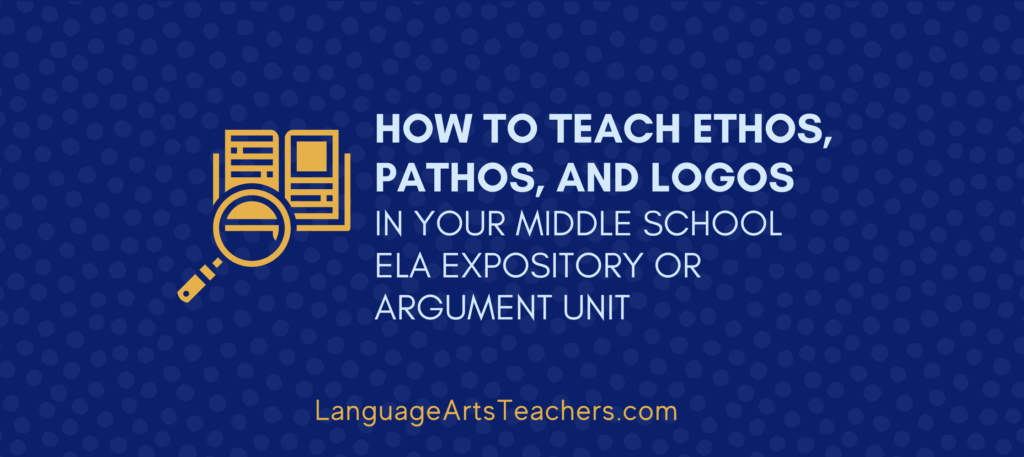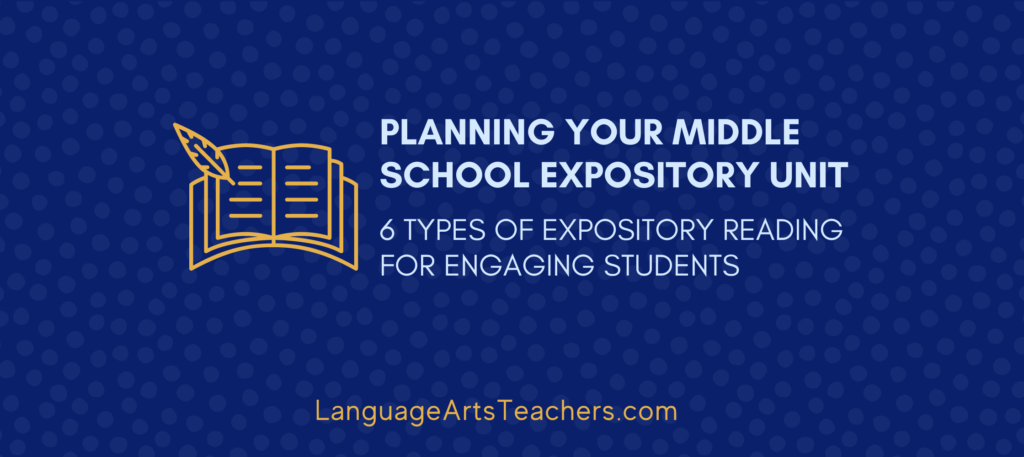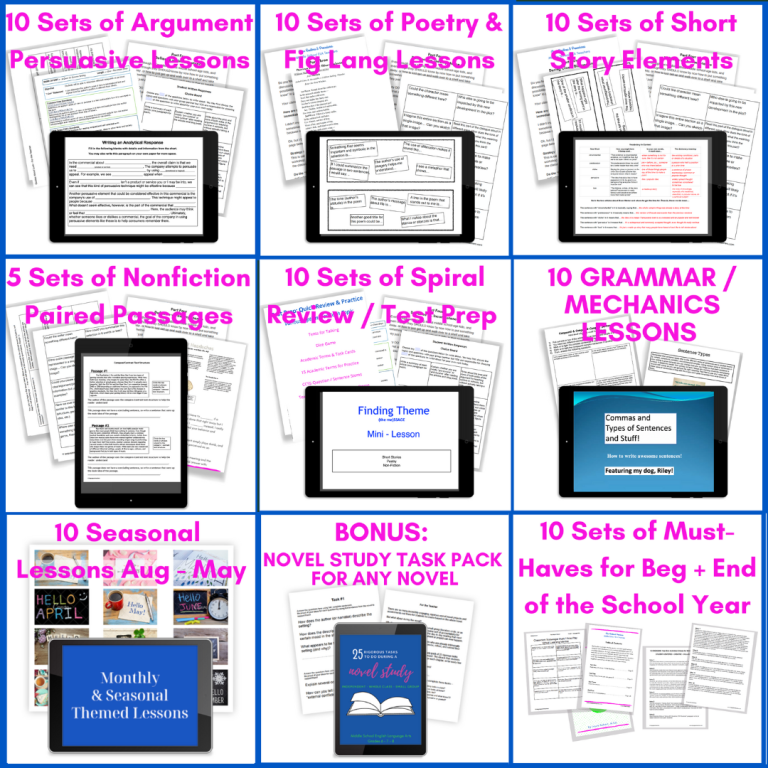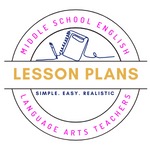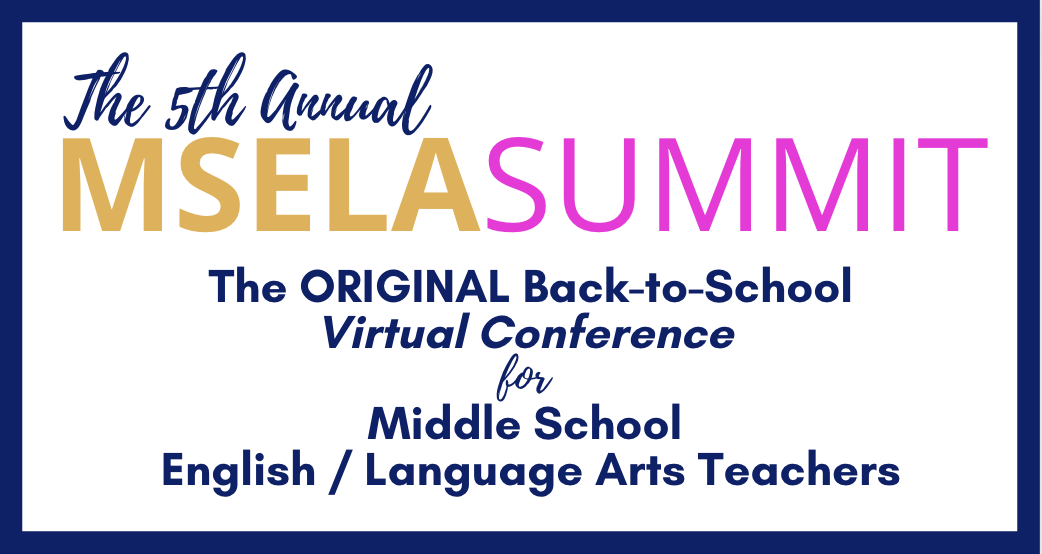4 Activities to Get Your Students Writing Insightful Commentary
Teaching your students how to write insightful commentary once they’ve chosen their quotes or their text evidence can be tricky. This type of writing involves higher-level thinking and the ability to synthesize what they’ve learned and make new connections based on what they’re reading or researching.
By the way… If you’re struggling with how to get students to use their quotes and text evidence correctly, I’ve got you covered on that, too! Click here for my ideas and advice about teaching students to write embedded quotes!
Let’s dive in and look at four specific activities to help your students move from the concrete level to the more abstract level of thinking that writing insightful commentary requires.
#1 START SMALL
Begin teaching students how to write insightful commentary by exposing them first to something a little more concrete and mentally accessible. You easily do this by using quotes or images that provide open-ended opportunities for writing responses.
Visit my Pinterest board “Quotes for Thinking and Writing” or my Pinterest board “Images for Thinking and Writing” to grab some quotes and pictures I’ve pinned to use in your classroom. You can put those quotes and images into a little Power Point, display it for your class, and simply allow your students to write about them.
Time them! Give your students 2-4 minutes to write about the image or quote and then let them get together in small groups to discuss their writing.
Bring them back together as a class and use the phrase “insightful commentary” several times in speaking with them about their writing. For instance, you could have your students underline anything they wrote in which they simply explained or described the quote or image.
Then talk to them about “insightful commentary” and what it means as far as adding a new idea to what’s already there, or making a connection to something else in their lives or in another piece of reading material. Have them hi-light or circle examples of insightful commentary in their writing. Praise them for it! Then give them another 2-4 minutes to add a little more to what they’ve already written!
#2 SWITCH PAPERS
After students write their insightful commentary on the quotes or images activity in #1 above, have them switch papers with each other. Now give them 2-3 minutes to write an insightful comment about each others comments! The point here is to show them that the meaning of “insightful commentary” can go in so many directions. It’s not about have a correct answer– it’s about helping your students learn to think creatively and to write original thoughts. This skill is necessary in order for them to be able to read more complex and longer texts and then provide their own commentary about those.
You can extend this activity as students become more adjusted and comfortable with it. In fact, they get a kick out of it when I walk around the room and write my own commentary! Then they want to read it and try to write new commentary–try to come up with a different way of thinking than my own!
Sometimes the insightful commentary goes from literal to insightful to ridiculous, but that’s not a bad conversation to have with your students. When you start seeing a lot of silly, way-out-there ridiculous stuff from your students, use it as a teachable moment. Have them annotate their own commentary, marking the literal, surface-level parts along with the deeper more insightful parts, and finishing up with what is simply silly and ridiculous parts. In doing so, you’re teaching them two things: 1) that it’s ok to be silly and to write silly things and be creative; 2) that they can self-correct and identify the parts of their own thinking and writing that fit in best with the assignment at hand.
#3 USE EASY TEXTS FIRST
Let’s say you use the quotes and images activities a couple times a week for two or three weeks. Once you’re ready to move past those learning activities, go ahead and present longer texts for your students to work with. Make sure these longer texts are very accessible to your students in terms of reading level and familiarity.
For instance, there’s nothing wrong with using the classic tale “Jack and the Beanstalk” with middle school students just to give them practice with finding the best text evidence for your questions and then writing their own insightful commentary!
If anyone gives you a hard time about that level of text or questions it, respond confidently that you’re teaching a highly-abstract, complex way of thinking and writing and that the lesson isn’t on Jack and the Beanstalk, it’s on how to write insightful commentary correctly. Then start listing or naming all the things you have to teach when it comes to teaching text evidence and commentary: embedded quotes, punctuation, etc.



